TIP634: VALUE INVESTING FUNDAMENTALS
W/ JOHN HUBER
30 May 2024
On today’s episode, Clay is joined by John Huber to discuss value investing fundamentals and the current market conditions.
John Huber is the Managing Partner of Saber Capital Management, LLC. Saber manages separate accounts as well as a partnership modeled after the original Buffett Partnership fee structure.
IN THIS EPISODE, YOU’LL LEARN:
- What John would include in his own personal MBA program
- What base hit investing is.
- The three sources of returns for a stock.
- Why Costco’s stock may be in a bubble.
- The three types of companies that John looks to invest in.
- John’s view on today’s current market and where he is finding opportunities.
- How John manages highly concentrated positions in his fund.
- Why investing has a long feedback loop in assessing decisions.
- John’s process for writing out his investment thesis.
- And so much more!
TRANSCRIPT
Disclaimer: The transcript that follows has been generated using artificial intelligence. We strive to be as accurate as possible, but minor errors and slightly off timestamps may be present due to platform differences.
[00:00:02] Clay Finck: On today’s episode, I’m joined by John Huber to discuss fundamental value investing principles. John is the managing partner of Saber Capital Management, which is a partnership modeled after the original Buffett partnership fee structure. During this chat, we cover what John would include in his own personal MBA program, what base hit investing is, the three sources of returns for any stock, why Costco stock reminds John of Coca-Cola in 1998, the three types of stocks that John looks to invest in, John’s view on today’s current market and where he’s finding the best opportunities and so much more.
[00:00:36] Clay Finck: John also touches on how investing in high-quality businesses has been taken a bit too far by some investors, reminding us that Buffett rarely paid more than 15 times earnings for a stock. John is an incredibly thoughtful guest and is one of my favorites to bring on the show, as he brings a wealth of knowledge and insights for the value investing community. I think you’re really going to enjoy this one. With that, I bring you today’s episode with John Huber.
[00:01:03] Intro: Celebrating 10 years and more than 150 million downloads, you are listening to The Investor’s Podcast Network. Since 2014, we studied the financial markets and read the books that influence self-made billionaires the most. We keep you informed and prepared for the unexpected. Now for your host, Clay Finck.
[00:01:32] Clay Finck: Welcome to The Investor’s Podcast. I’m your host, Clay Finck, and today I’m thrilled to welcome back a longtime friend of TIP, John Huber. John, thanks so much for joining me.
[00:01:41] John Huber: Yeah, it’s great to be here, Clay. Always enjoy it.
[00:01:44] Clay Finck: So I have a number of investment related questions teed up for you, but I wanted to start with questions that are a little bit outside of that sphere.
[00:01:52] Clay Finck: So before you launched Saber Capital Management, you put together your own MBA program, we can call it, instead of going out and getting an actual MBA. And my question to you is if you were preparing to launch a partnership today and you had to put together your own personal MBA program, what would you include in it?
[00:02:13] John Huber: Yeah, it’s a great question. I put together John’s MBA, I called it back then. Which is basically a collection of my own, you know, I put together my own curriculum basically, and I think the top of the list would still be Buffett’s letters and I think it’s widely acknowledged that those are an invaluable resource for business owners and for investors to study but just because it’s widely acknowledged doesn’t diminish the value of those things.
[00:02:37] John Huber: So to me, that’s like the number one place to start. If you were trying to learn about business. You’re going to learn about all kinds of things relating to competitive advantage, the importance of returns on capital, the pitfalls that businesses face, the blind spots that managers have, and that investors might have the risks out there along with the letters cover all that.
HELP US OUT!
Help us reach new listeners by leaving us a rating and review on Apple Podcasts! It takes less than 30 seconds, and really helps our show grow, which allows us to bring on even better guests for you all! Thank you – we really appreciate it!
BOOKS AND RESOURCES
- Join the exclusive TIP Mastermind Community to engage in meaningful stock investing discussions with Stig, Clay, Kyle, and the other community members.
- Check out Saber Capital Management.
- John Huber’s blog: Base Hit Investing.
- Check out Journalytic.
- Related Episode: MI165: Is FAANG the New Value w/ John Huber | YouTube Video.
- Check out all the books mentioned and discussed in our podcast episodes here.
- Enjoy ad-free episodes when you subscribe to our Premium Feed.
NEW TO THE SHOW?
- Follow our official social media accounts: X (Twitter) | LinkedIn | Instagram | Facebook | TikTok.
- Check out our We Study Billionaires Starter Packs.
- Browse through all our episodes (complete with transcripts) here.
- Try our tool for picking stock winners and managing our portfolios: TIP Finance Tool.
- Enjoy exclusive perks from our favorite Apps and Services.
- Stay up-to-date on financial markets and investing strategies through our daily newsletter, We Study Markets.
- Learn how to better start, manage, and grow your business with the best business podcasts.
SPONSORS
Support our free podcast by supporting our sponsors:
PROMOTIONS
Check out our latest offer for all The Investor’s Podcast Network listeners!













